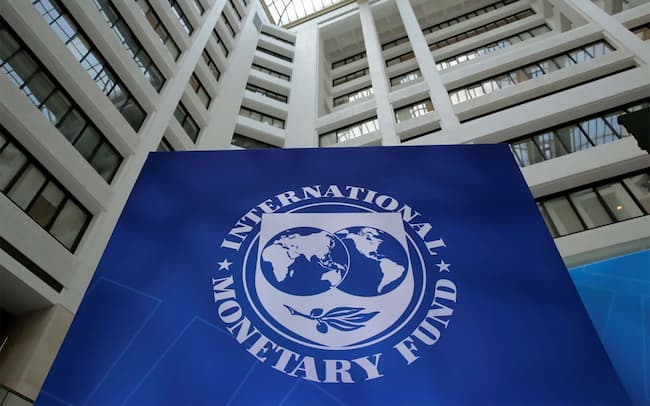The International Monetary Fund (IMF) has said that economic projections for developing nations had been “marked down for 2021”.
It stated this in its world economic outlook report for July, noting that the growth forecast for developed countries had seen an upward revision.
According to the report, global economies are expected to grow by 6 percent in 2021 and 4.9 percent in 2022, as was forecasted in April.
Expanding the scope of growth for advanced and developing economies was the imbalance in access to vaccines to aid a quick economic recovery.
The report described access to vaccines as the “principal fault line” creating a chasm between countries who look forward to going back to “normal” economic activities, and those who “face resurgent infections and rising COVID death tolls.”
READ ALSO: Naira Dips As CBN Channels N2.3tn Forex Sales To Commercial Banks
However, the level of inflation is projected to return to pre-pandemic levels across the globe in 2022 “once these disturbances work their way through prices, though uncertainty remains high.”
“Elevated inflation is also expected in some emerging market and developing economies, related in part to high food prices,” the report said.
It added, “Financial conditions could tighten rapidly, for instance from a reassessment of the monetary policy outlook in advanced economies if inflation expectations increase more rapidly than anticipated.
“A double hit to emerging market and developing economies from worsening pandemic dynamics and tighter external financial conditions would severely set back their recovery and drag global growth below this outlook’s baseline.”
Proffering a solution to the increasing economic divergence, the IMF report said that multilateral action would help reduce divergences and “strengthen global prospects.”
It explained, “These multilateral actions can be reinforced by national-level policies tailored to the stage of the crisis that help catalyze a sustainable, inclusive recovery.
“Concerted, well-directed policies can make the difference between a future of durable recoveries for all economies or one with widening fault lines—as many struggle with the health crisis while a handful see conditions normalize, albeit with the constant threat of renewed flare-ups.”














